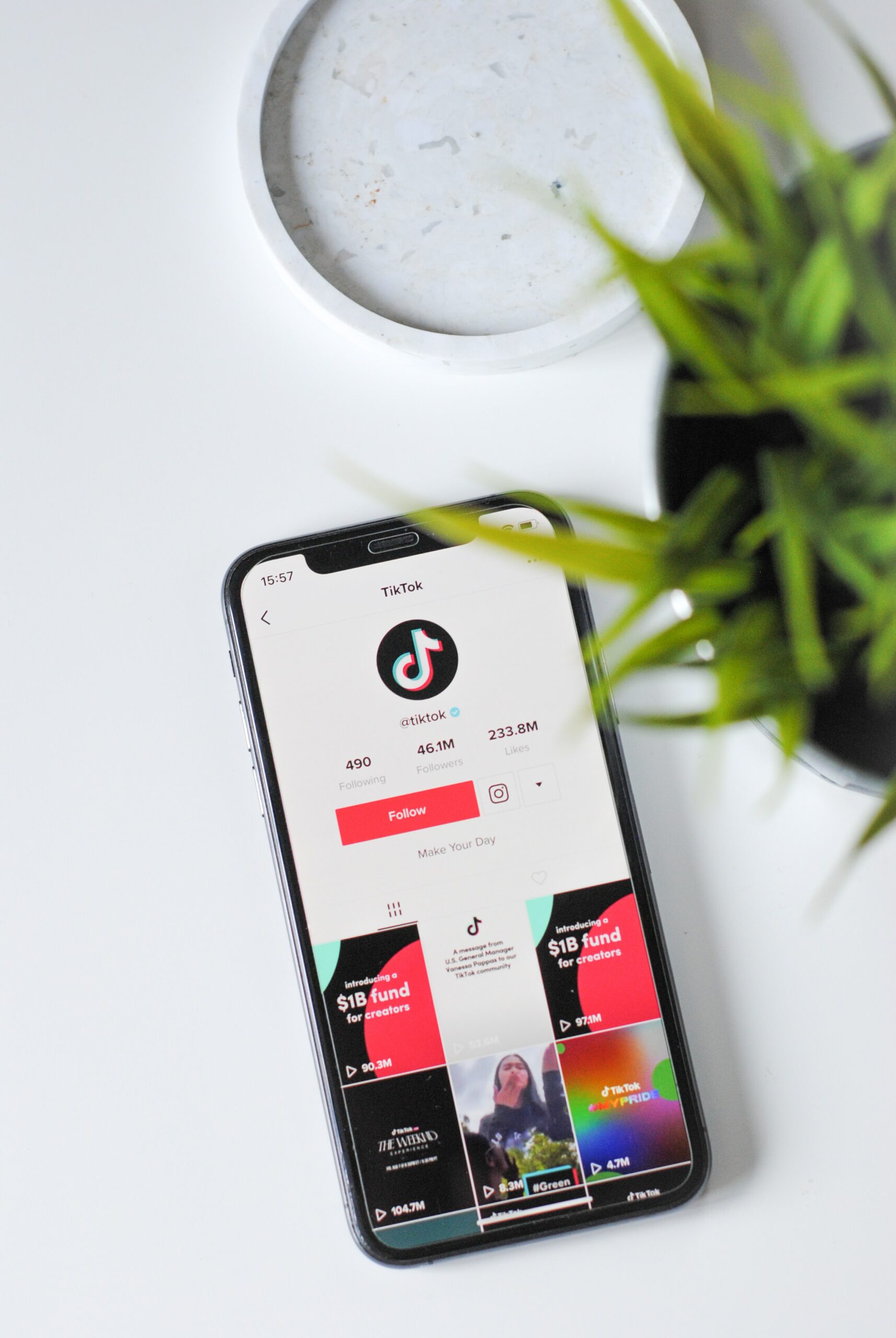You have probably heard the term “Influencer” applied to social media stars with significant followings. An influencer gets people to buy things by promoting them on their platforms to their followers. As a marketer, using an influencer might be a way to promote your product or services. Understanding the science behind how influence works psychologically might help you be successful at it.
Social media and online platforms have widened which sources we can use to find influencers, too, and often on a narrow topic. For example, I am officially an “Influencer” on LinkedIn. Back in 2002, I founded my global Customer Experience consultancy, Beyond Philosophy, I fancied myself an influencer on Customer Experience, and I was. The problem was nobody knew what a Customer Experience was back then. Now, twenty years later, I have hundreds of thousands of followers, and I provide content to them related to my area of expertise.
Another example of an influencer is a fashion or sports expert who has a Vlog that people watch to find out the latest trends or developments. For example, my podcast partner Ryan follows woodworkers on Instagram and YouTube. Within the woodworking community, these carpenters are very influential. Ryan says people care about what these experts have to say about different types of tools or other styles of furniture making.

One thing all these influences have in common is that we choose them. That means it was a conscious decision to be influenced by the source.
However, there are subconscious influencers, too. We have subconscious influences because we have these two systems of thinking: the Intuitive System (fast, automatic) and the Rational System (slow, deliberate). The Intuitive System is always on and always processing information. It is the part of your brain taking in that information all the time.
You don’t read all the billboards when you drive down the highway. Instead, you are looking at the road in front of you, not focused on them (I hope). But your Intuitive System sees them subconsciously, influencing you in subtle ways.
Another example is the pens in brick-and-mortar bank locations that often have chains attached to a bar. You might have noticed the pens on the chains consciously. However, subconsciously, you might have thought, “Hmmm. They don’t trust me to leave the pen for other people to use.” Your conscious mind sees pens on chains; your subconscious mind sees a warning for your pen-specific kleptomaniacal tendencies.
The Famous Milgram Experiment
Another excellent example of subconscious influence is the Milgram Experiment regarding obedience.
Basically, in the Milgram experiment, nice, normal people administered fatal shocks to the other participants. Why? The nice, normal people administered fatal shocks to the other person because the person wearing the white lab coat told them to do it—and even when they could hear the other participant’s screams of pain.
The good news is that no one administered shocks, and the screams were pre-recorded. The bad news is that these nice, normal people didn’t know that at the time. However, they did know the person in the white coat told them they had to keep going with the shocks, so they did.
Milgram ran the same type of study repeatedly and changed various things. One of the things that he changed was whether the experimenter wore the white lab coat. Their findings were that people were more compliant when the person in charge of the experiment was wearing a white lab coat.

The presence of that white lab coat is critical here. We see it and know that it’s there, but its influence on us is subconscious. So, nobody in the Milgram experiment thought consciously, “Oh, well, this person is wearing a white lab coat. Therefore, they must be a doctor. Therefore, I must listen to what they say.” However, that is what happened at a subconscious level.
Your Experience Has Subconscious Influences on People, Too
There are many ways that your experience sends subconscious cues to people. For example, the dress code of the employees can send a signal. If it’s casual, like t-shirts and jeans vs. suits and ties, you have a different impression of where you are. Neither one is better than the other, per se. It depends on what you want people to feel. So, if you want customers to feel comfortable asking employees for help, casual might be appropriate. On the other hand, a professional dress code might be appropriate if you’re projecting an image of authority or competence in an area.
Many organizations don’t think about these subconscious influences. But, of course, they are still there, but the difference is that the subconscious effects were not designed or deliberate.
We have a service called Customer Mirrors, where we act as a customer. When we do this, we find all the subconscious cues. For example, hotels are great at this. Sometimes, a hotel bakes cookies in the afternoons, so you walk into the smell of baking. Then, in the morning, you smell coffee there, which for most of us, is an essential comfort.
Logos can have a deliberate design, too. For example, the FedEx logo has an arrow between the E and the X.

Another example is how Amazon has an arrow from the “a” to the “z,” but it also looks like a smile.

These logos are not this way by accident. They are by design and meant to influence you.
There are different ways social media influencers go about their job. Some take the upfront and deliberate tack where they tell you about their sponsor and do a commercial for them. Others might not say they are sponsored by “The Wonderful Widget Company” and instead will wear a Wonderful Widget Company T-shirt in their video while their post is about something else. These would be more subconscious influencers than the first group that acts as a spokesperson.
As a marketer, if you are going to use influencers this way, you should consider a few key questions:
- Is the influencer’s audience who you want to reach?
- What is the influencer’s level of knowledge?
- How motivated is the influencer to produce content?
- How specific does that influencer’s message need to be to reach your target audience?
For example, a general audience might see an influencer wearing a distinctive watch, but will that subconscious message be enough to drive sales of your watch? It may or may not. Their subconscious influence might motivate people to wear watches of that general style if they think it is fashionable. However, that influencer’s style or interaction with their following might not be enough to motivate sales of your specific brand.
Another pitfall to avoid product placement that has an annoying and jarring effect. If it stands out enough that your audience recognizes product placement is happening, it could have the opposite effect you intended. Instead of drawing the audience to your product, poorly executed product placement pushes them away.
Some of the success also depends on your brand. Some audiences might recognize your brand and want your version of the watch, which might work for you. However, if you are new to the space and are a brand that isn’t well known yet, this subtle, more subconscious influence might not be as successful for you.
The key takeaway here is that it is essential to understand the audience you are trying to get and what you want them to do. If you do not understand the audience’s state of readiness, then you might miss the mark.
So, What Should You Do With This Information?
Another essential point to remember is that we have subconscious influences because we have these two systems in our mind, the Intuitive System (fast, automatic) and The Rational System (slow, deliberate). The Intuitive System is always on and always processing information. It is the part of your brain taking in that information all the time.
For example, you don’t read all the billboards when you drive down the highway. Instead, you are looking at the road in front of you (I hope). But your Intuitive System still sees the billboards subconsciously, influencing you in subtle ways.

You have to go down into the granular of the detail and say, “Is this part of my experience deliberate?” As a firm, you should think about the employee dress code, as I talked about before. At the retail level, you might consider how you present your store.
For example, Walmart was a reputation for being cluttered. They drop pallets of things in the middle of the aisles so they can sell more and keep prices low. However, it makes it difficult to navigate around with a cart. Enough people complained that they stopped doing that for a while, but then people complained that the prices were too high. The prices hadn’t changed, but the environment had, and the new look said, “our prices are higher than the old, cluttered Walmart.”
There’s another famous story that when the first Home Depot opened up, some employees polished all the concrete floors to look nice. The owner got very angry and sent them back to scuff up the floors. The owner didn’t want it to look nice. He wanted that scuffed-floor-contractor-store feeling that would send a different price message.
Soundscapes and fragrance are another example of deliberate design of subconscious influences. We did a podcast on those a while ago that might help here. So, to summarize, the sounds that people hear in your experience can help influence their behavior, too.
So, are you thinking about these things? What message is your employee dress code sending? What message is your store design and decor sending? You are already sending a message. The question is, are you doing it intelligently and deliberately?
Also, it is essential to remember that there are limits to what you can do subconsciously. If you want to use non-conscious influence, it will be most helpful if you are already the dominant brand in that space. If you remember the watch example from earlier, it’s easier to get people to buy luxury watches with a subconscious influence than to buy a specific luxury watch brand. It is infinitely more challenging to get people to buy a luxury watch brand that isn’t well established as a brand yet. That’s too much to ask of the non-conscious influences in your marketing strategy.
So, there you have it—a basic science-based explanation for how influence works. People have conscious and subconscious effects on them all the time. So, hopefully, you can find the right formula for your product or service to influence your customers to take advantage of what you have to offer, positively impacting your bottom line.
If you have a business problem that you would like some help with, contact me on LinkedIn or submit your pickle here. We would be glad to hear from you and help you with your challenges.
There you have it. No promotions, no gimmicks, just good information.
Think reading is for chumps? Try my podcast, The Intuitive Customer instead. We explore the many reasons why customers do what they do—and what you should do about it. Subscribe today right here.



